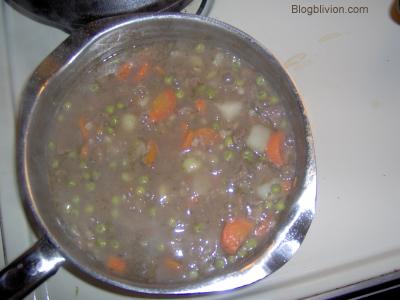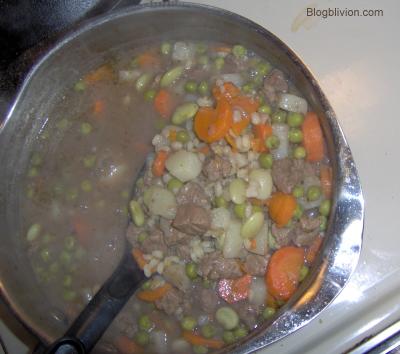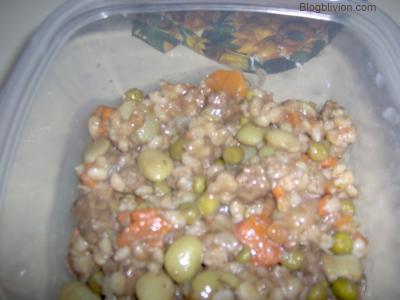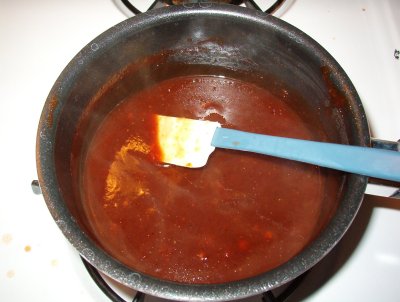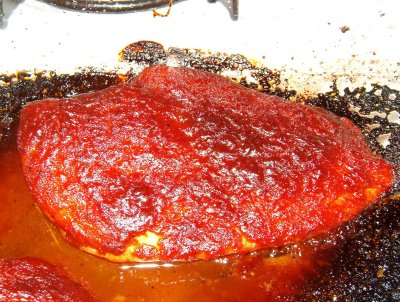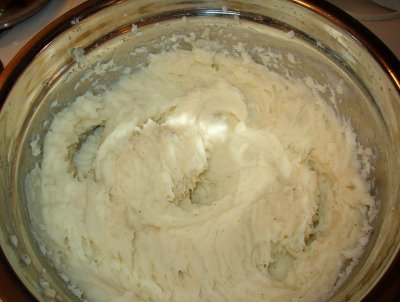Revisiting Mama Jedi’s Flour Tortillas
Once upon a time, Deb posted her mother’s flour tortilla recipe at our former joint/family/anything blog, Accidental Verbosity, before moving to Blogblivion. We eat these fairly regularly, and once etsimated the cost for perhaps 16 of them at under 40 cents, versus, say, $1.69 for a pack of 8 commercial ones. You pay to save time and effort and get uniformity, but even Manny’s brand isn’t as good as homemade. It probably costs more now, given the recent increases in grocery costs and particularly, we just noticed on having to replace an empty, Crisco. That resulted in buying store brand soy/cottonseed shortening comparable to the current Crisco formulation. Traditionally one would use lard, which Deb almost got me as it was available and inexpensive. Definitely have to try that sometime.
This is a repost and, because it wasn’t written by me, guest recipe, inspired because I recently started making these myself, and found that the recipe was harder to find searching than it ought have been. I realized I’d started a food and cooking blog but never posted this here. Duh.
This was something Deb knew how to do inside out and I deferred to her, as one of her specialties. I’ll comment further at the end, but here is her original text:
Mama Jedi’s Flour Tortillas
We’ve been experimenting with different things to do with flour tortillas ever since we finally got around to trying my mother’s recipe for them. She used to make these often when I was a kid, since they’re better and cheaper than store-bought (and, I believe, because at the time it was tough to get even a passable grocery-store tortilla in rural Minnesota, a situation that has since changed). She taught some of the other women in the neighborhood how to make them, too, and they’ve been a hit with all who have tried them.
Mama Jedi’s Flour Tortillas
4 cups flour
1/2 cup shortening, in small cubes
1 & 1/4 cups warm water
1 & 1/2 teaspoons saltDissolve salt in water and set aside. Rub shortening into flour with fingertips. (I’ve got the warehouse-club-sized can of shortening, so I meaure it into a cup then divide it as I add it to the flour…instead of a single lump, little spoonfuls. Works just as well…the point is to have it in small pieces so it’s easier to rub into the flour.) Gradually add salt water to flour mixture. (The trick here is getting the flour/water ratio right so the dough is smooth rather than sticky or flour-y. I always seem to need a tablespoon more water or flour to make it just right, depending on how perfectly I’ve measured and the weather that day.) Knead well. Set aside covered for a minimum of three hours (I wrap it in plastic wrap
, to keep the dough from getting a “skin,” then toss it back in the bowl and cover with a towel.). Knead again. Divide into 1 & 1/2 inch portions and roll out on floured board. (I shape the dough into a cylinder, then cut off the appropriate portion for the size I want for each tortilla. Usually takes me a test tortilla or two to get it right. The best part of that is that the mistakes are so tasty…yum. I also roll them out right on my countertop…a board is certainly not required, unless you have tile. *grin* The dough should be good and stretchy and a bit of a pain to roll out, and tends to shrink slightly when transferred to the pan, so roll ‘em thin.) Cook each on a hot griddle/frying pan until it bubbles and browns slightly. Makes anywhere from 12 to 18 tortillas, depending on size, thickness, and how many get eaten along the way.
As for what we’ve done with them…we’ve made burritos and quesadillas and even chicken and veggie wraps in the last couple of weeks, and I have no doubt some of the turkey will find it’s way into them in one form or another. Very versatile and very, very yummy.
The first time I made these, I became the official tortilla maker, they came out so well. The directions above say knead again after the dough sits at least three hours. Turns out that Deb didn’t actually do that when she made them. I did it minimally at best. It doesn’t seem to hurt them and anecdotally may be better, though certainly if the dough needs a little extra to get the texture feeling better while making it into cylinders.
I use one of those Pyrex cups that has lines up to a cup but room to add an extra quarter cup by eye. I microwave cold water a minute or 90 seconds, stir in the half tablespoon of salt to dissolve, and set it aside. I’ve been using about a cup in practice.
I make sure the flour is worked into the shortening extremely thoroughly. It’s somewhat like making pie crust, but without the objective of flaky.
I flip them over and over while rolling, to hel combat the curling and get them thin enough.
Basically it’s an easy easy thing to make. The big consideration is the sitting time for the dough. It’s fast compared to making bread. It’s even relatively fast to roll out, and I roll a couple then start cooking as I roll more.
They are so useful and so cheap. We’ve had the challenge of a baby with food sensitivities that seem to be based around salicyslates, and these were a perfect introduction to wheat-based foods, which as expected don’t bother him. Being simple and homemade, I knew exactly what was in them. Not like, for instance, whoile wheat pasta that contains corn meal, which he can’t have. But I digress.
Enjoy!
